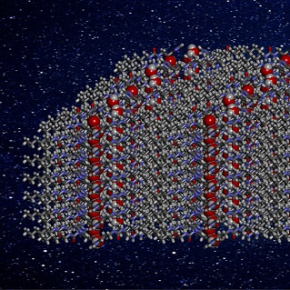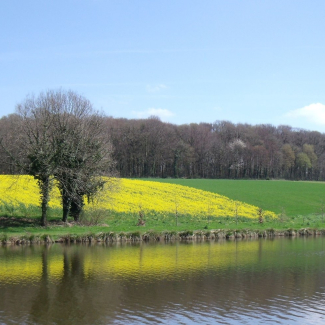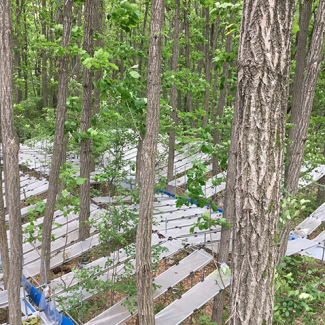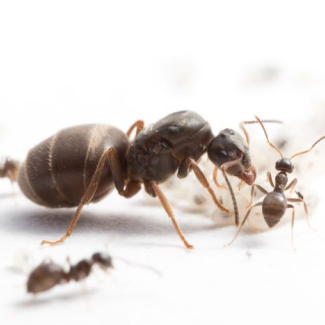
A biomimetic membrane for desalinating seawater on an industrial scale
The treatment of seawater, including its large-scale desalination, is a major challenge for our society. Reverse osmosis1
is one of the most widely used techniques for the desalination of water. Some of the membranes currently used are artificial channels of water2
inserted into lipid layers. But their large-scale performance is not satisfactory under real osmotic pressure and salinity conditions. An international team, involving researchers from KAUST (Saudi Arabia) and Politehnico di Torino (Italy) and coordinated by scientists from the Institut Européen des Membranes (CNRS/ENSC Montpellier/University of Montpellier), has developed a hybrid strategy, which consists of combining a polyamide matrix and artificial water channels into a single structure. Their membranes, which take the form of a sponge superstructure, have been tested under industrial conditions and outperform conventional membranes. Their flow is 75% higher than that observed with current industrial membranes and they require about 12% less energy for desalination. Their work is patented3
and was published on November 9, 2020 in Nature Nanotechnology.
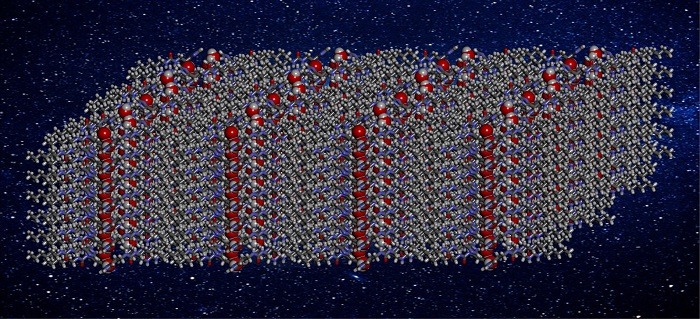
- 1Reverse Osmosis is a system of purifying water through a filtering system that only allows water molecules to pass through. Salt and other impurities do not pass through the filter membrane.
- 2Artificial water channels are synthetic compounds that form pores permeable to water molecules, while rejecting ions.
- 3Patent FR1910152, PCT/EP2020/075162, "Membrane biomimétiques composites à canaux artificiels d’eau”
Biomimetic artificial water channel membranes for enhanced desalination. Maria Di Vincenzo, Alberto Tiraferri, Valentina-Elena Musteata, Stefan Chisca, Rachid Sougrat, Li-Bo Huang, Suzana P. Nunes et Mihail Barboiu. Nature nanotechnology, November 9, 2020. DOI : 10.1038/s41565-020-00796-x
